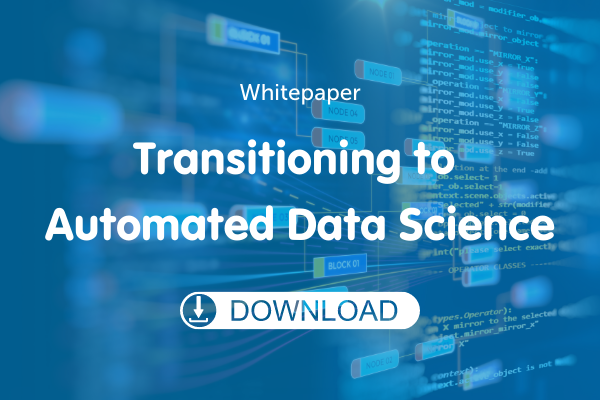The world of industrial analytics is becoming increasingly crowded with offerings from data science houses (consultancy) and data science programming tools (DIY), making it easy to become confused.
How do these offerings compare? Do they speed up the time to implement predictive maintenance and process optimisation? What are the advantages and disadvantages?
Think of these companies are like an off-site data science team – with a price tag! Yes, they build bespoke models of your assets, however there are a few things to watch out for;
With a great variety of tools on the market, some built for industry and some generic, these solutions empower your existing data scientist to model problems themselves. A couple of things worth noting;
At VROC we saw an opportunity to automate the above processes, providing AI predictive analytics for ‘whole of facility’ predictive maintenance and optimisation. This has been achieved through the development of an AI platform which doesn’t rely on pre-built models, nor programming skills and empowers subject matter experts and engineers by automating data science process.
Learn more about the differences between a traditional data science approach and an automated data science approach in our whitepaper ‘transitioning from traditional data science to automated data science’ – download it here

Empowering decision making and operational efficiency with AI on an offshore platform in Central Asia.
Read ArticleInterested in a demo of one of our data solution products?
DataHUB4.0 is our enterprise data historian solution, OPUS is our Auto AI platform and OASIS is our remote control solution for Smart Cities and Facilities.
Book your demo with our team today!
Ready to embark on a pilot project or roll-out AI innovation enterprise wide? Perhaps you need assistance integrating your systems or storing your big data? Whatever the situation, we are ready to help you on your digital transformation.
The efficient deployment, continuous retraining of models with live data and monitoring of model accuracy falls under the categorisation called MLOps. As businesses have hundreds and even.
Learn more about DataHUB+, VROC's enterprise data historian and visualization platform. Complete the form to download the product sheet.
Discover how you can connect disparate systems and smart innovations in one platform, and remotely control your smart facility. Complete the form to download the product sheet.
'OPUS, an artistic work, especially on a large scale'
Please complete the form to download the OPUS Product Sheet, and discover how you can scale Auto AI today.
Interested in reading the technical case studies? Complete the form and our team will be in touch with you.
Subscribe to our newsletter for quarterly VROC updates and industry news.